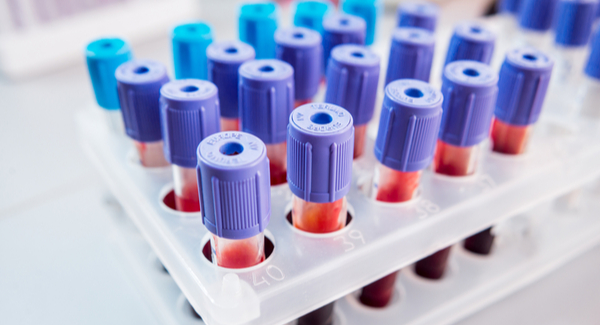Testing for Osteoarthritis
Learn about the lab and imaging tests used to diagnose and measure OA.
By Mary Anne Dunkin | June 15, 2022
Diagnosing osteoarthritis (OA) is based largely on symptoms and a physical exam. Your symptoms will be the most important factor in the severity of the disease and the treatment for it. However, your doctor may order the following tests in diagnosing OA and monitoring its progression.
Diagnostic Tests
Lab tests are used is diagnosing OA primarily to help to rule out other causes of joint pain. Two main types of lab tests are used in diagnosing osteoarthritis.
- Blood tests. There are no blood tests that can diagnose OA; however, your doctor may order them to rule out other causes of joint pain and inflammation, such as rheumatoid arthritis or gout.
- Joint fluid analysis. Fluid drawn from an affected joint can offer clues as to what is happening in the joint. Analyzing the joint fluid can help eliminate other possible conditions, such as gout or an infection.
Imaging tests can provide a look at what is going on inside the joint. The cartilage and bone damage that occurs with osteoarthritis has a characteristic appearance on imaging tests that can help your doctor make a conclusive diagnosis.
- X-rays. Although cartilage cannot be seen on X-rays, loss of the cartilage between bones where they meet form joints shows up as narrowing of the space between the bones, indicating OA. An X-ray can also show bone spurs — bony protrusions in the joints that can result from OA.
- Magnetic resonance imaging (MRI). Less commonly your doctor may order an MRI to diagnose osteoarthritis. Unlike a traditional X-ray, an MRI can show changes to the soft tissues, including cartilage. Thus, it may be useful in seeing cartilage damage before it has advanced to the point of being visible on X-ray as joint space narrowing. MRI can also show tears in soft tissues that may affect joint stability and contribute to the development of OA.
- Ultrasound. Ultrasound, or sonography, uses sound waves to create pictures of structures inside the body. It may be used to view small changes in tissues of the joint, such as cysts, fluid build-up, cartilage thinning, thickening of the synovium (the tissue that lines the joint capsule) or bone spurs.
Monitoring Lab Tests
Just as there are no lab tests that specifically diagnose osteoarthritis, there are no lab tests that measure its progress. If you have been diagnosed with OA and your symptoms change or worsen, your doctor may run additional lab tests to see if a different condition may be the cause. It is possible to have a joint injury, infection or another form of arthritis or related condition in addition to OA.
Imaging tests, mainly X-rays, can be used to monitor the degree of joint damage in OA; however, the main determinant of OA severity are your symptoms, including pain, stiffness and function. Unless you have a separate condition that requires treatment, these symptoms will guide your treatment plan.

Stay in the Know. Live in the Yes.
Get involved with the arthritis community. Tell us a little about yourself and, based on your interests, you’ll receive emails packed with the latest information and resources to live your best life and connect with others.


